Are Government Officials Souring On Automotive Autonomy?

Thanks to the incredibly lax and voluntary guidelines outlined by the National Highway Traffic Safety Administration, automakers have had free rein to develop and test autonomous technology as they see fit. Meanwhile, the majority of states have seemed eager to welcome companies to their neck of the woods with a minimum of hassle. But things are beginning to change after a handful of high-profile accidents are forcing public officials to question whether the current approach to self-driving cars is the correct one.
The House of Representatives has already passed the SELF DRIVE Act. But it’s bipartisan companion piece, the AV START Act, has been hung up in the Senate for months now. The intent of the legislation is to remove potential barriers for autonomous development and fast track the implementation of self-driving technology. But a handful of legislators and consumer advocacy groups have claimed AV START doesn’t place a strong enough emphasis on safety and cyber security. Interesting, considering SELF DRIVE appeared to be less hard on manufacturers and passed with overwhelming support.
Of course, it also passed before the one-two punch of vehicular fatalities in California and Arizona from earlier this year. Now some policymakers are admitting they probably don’t understand the technology as they should and are becoming dubious that automakers can deliver on the multitude of promises being made. But the fact remains that some manner of legal framework needs to be established for autonomous vehicles, because it’s currently a bit of a confused free-for-all.
“It was not an issue that I knew a whole a lot about, and I was just bombarded by all sides,” Indiana Republican Senator Michael Crider, who oversaw the state’s attempt to introduce new autonomous regulation, told Automotive News. “I’m sick of the whole topic.”
That’s an issue with a lot of legislators. They aren’t technical experts and are primarily being educated by the very groups that are advancing this technology and likely have a strong bias to have things their way. Meanwhile, the automotive and tech industries don’t want the government to pass laws that effectively neuter developments they’ve poured billions of dollars into already.
“There’s not a lot of trust [among the companies],” explained Crider. “They all have spent a lot of money to develop their technology, and they don’t want it stolen.”
However, some public servants are feeling taken advantage of. Indiana Republican State Representative Ed Soliday, who authored the state’s failed self-driving car bill, said groups like the Self-Driving Coalition for Safer Streets and Alliance of Automobile Manufacturers were basically trying to put one over on government officials.
“They basically treated us like we were stupid,” Soliday said. “It’s a very frustrating experience. They need to change their attitude.”
With opposition to AV START growing, at least in its present form, automotive groups may be forced to make concessions soon. Will Wallace, Consumers Union’s senior policy analyst on self-driving, said manufacturers need to be more open about the level of uncertainty surrounding autonomous development. The group recently took Democratic Senator Richard Blumenthal (Connecticut) for a joyride in a Cadillac CT6 with its Super Cruise and Tesla Model 3 with Autopilot to illustrate how present-day semi-autonomous driving systems function on public roads.
Blumenthal remarked the experience was “frightening.” He also issued a statement in response to the fatal incident involving an Uber vehicle and a pedestrian in Tempe, Arizona, in March. “This tragic incident makes clear that autonomous vehicle technology has a long way to go before it is truly safe for the passengers, pedestrians, and drivers who share America’s roads,” Blumenthal said. “Congress must take concrete steps to strengthen the AV START Act with the kind of safeguards that will prevent future fatalities. In our haste to enable innovation, we cannot forget basic safety.”
In the same month, a group of 27 individuals representing bicycle safety, pedestrians, environmentalists, law enforcement, and the disabled community submitted a letter to Senators Mitch McConnell and Chuck Schumer — urging them to reconsider the deregulation on autonomous vehicle development that the AV START Act would ultimately authorize. Meanwhile, other consumer advocacy groups are pushing for assurances that driver data won’t be misused as vehicles become more connected.
“Do your homework,” said Soliday. “Everybody’s beginning to understand there’s a lot of hyperbole in the vision casting for autonomous vehicles.”
[Image: Ford Motor Company]

A staunch consumer advocate tracking industry trends and regulation. Before joining TTAC, Matt spent a decade working for marketing and research firms based in NYC. Clients included several of the world’s largest automakers, global tire brands, and aftermarket part suppliers. Dissatisfied with the corporate world and resentful of having to wear suits everyday, he pivoted to writing about cars. Since then, that man has become an ardent supporter of the right-to-repair movement, been interviewed on the auto industry by national radio broadcasts, driven more rental cars than anyone ever should, participated in amateur rallying events, and received the requisite minimum training as sanctioned by the SCCA. Handy with a wrench, Matt grew up surrounded by Detroit auto workers and managed to get a pizza delivery job before he was legally eligible. He later found himself driving box trucks through Manhattan, guaranteeing future sympathy for actual truckers. He continues to conduct research pertaining to the automotive sector as an independent contractor and has since moved back to his native Michigan, closer to where the cars are born. A contrarian, Matt claims to prefer understeer — stating that front and all-wheel drive vehicles cater best to his driving style.
More by Matt Posky
Latest Car Reviews
Read moreLatest Product Reviews
Read moreRecent Comments
- Ajla My understanding is that the 5 and 7-Series cater almost exclusively to the Chinese market and they sell them here just so they don't look weak against Mercedes and Audi.
- EBFlex Interesting. We are told there is insatiable demand for EVs yet here is another major manufacturer pivoting away from EV manufacturing and going to hybrid. Did these manufacturers finally realize that the government lied to them and that consumers really don’t want EVs?
- Kwik_Shift_Pro4X What's worse than a Malibu?
- MaintenanceCosts The current Malibu is poorly packaged; there's far more room inside a Camry or Accord, even though the exterior footprint is similar. It doesn't have any standout attributes to balance out the poor packaging. I won't miss it. But it is regrettable that none of our US-based carmakers will be selling an ordinary sedan in their home market.
- Jkross22 You can tell these companies are phoning these big sedans in. Tech isn't luxury. Hard to figure out isn't luxury.This looks terrible, there are a lot of screens, there's a lot to get used to and it's not that powerful. BMW gave up on this car along time ago. The nesting doll approach used to work when all of their cars were phenomenal. It doesn't work when there's nothing to aspire to with this brand, which is where they are today. Just had seen an A8 - prior generation before the current. What a sharp looking car. I didn't like how they drove, but they were beautifully designed. The current LS is a dog. The new A8 is ok, but the interior is a disaster, the Mercedes is peak gaudy and arguably Genesis gets closest to what these all should be, although it's no looker either.
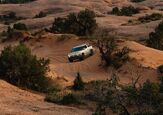
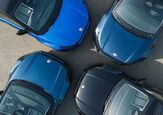














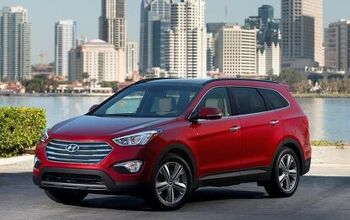
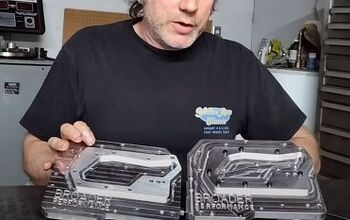

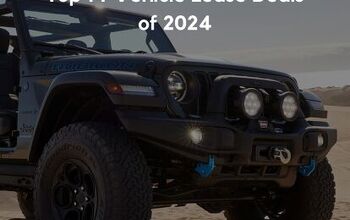
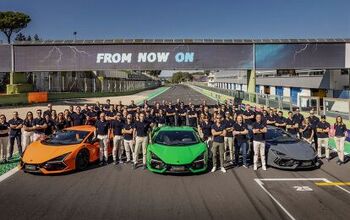

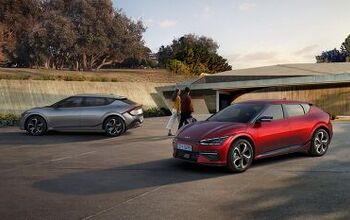
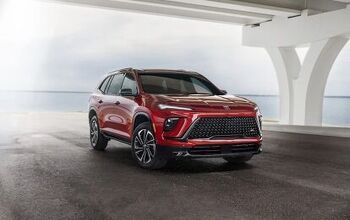
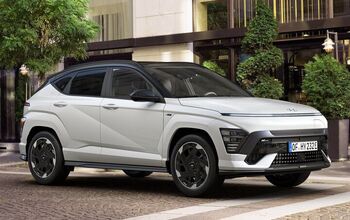
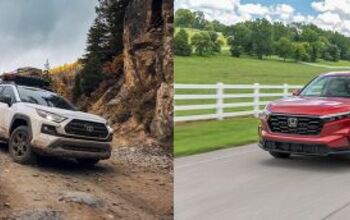
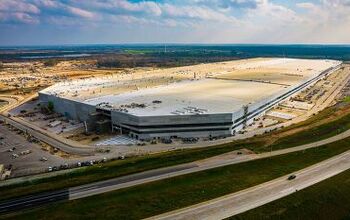
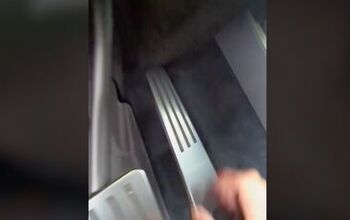
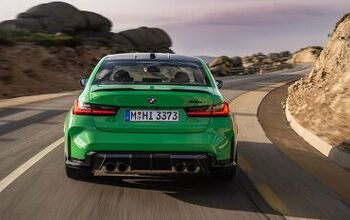
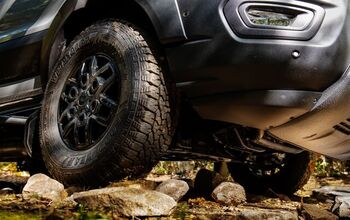
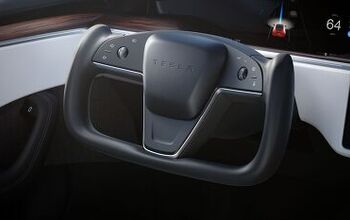
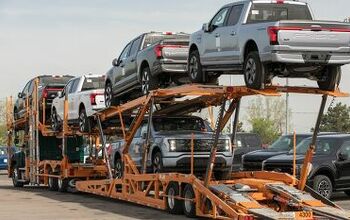
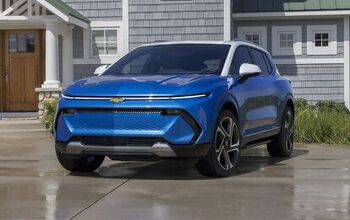
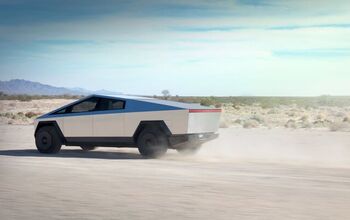
Comments
Join the conversation
I do believe the government needs to step in working alongside ALL of the AV stakeholders to develop a set of guidelines and regulations. I personally believe that AV technology is no good unless the following is meet, these ought to be a minimum set of requirements; 1. Develop a set of standards for road infrastructure. My logic is AV technology really needs a better standard for roads and markings. 2. All technology is also intellectual property of the government. This will allow for independence for investigations down the track due to accidents. Accidents can also include hacking into AV software. 3. All AV technology must be proven safe prior to release onto public roads. 4. A single system must be developed selected at the end of the day for ALL vehicles. I do believe, like driving regulations, all must work under the same infrastructure and regulatory framework.
I am in full agreement with senators following comment: “Congress must take concrete steps to strengthen the AV START Act with the kind of safeguards that will prevent future fatalities. In our haste to enable innovation, we cannot forget basic safety.” I think evidence is clearly showing that it is not nearly "ready for prime time", and the results of rushing the mass introduction of the technology could be disastrous